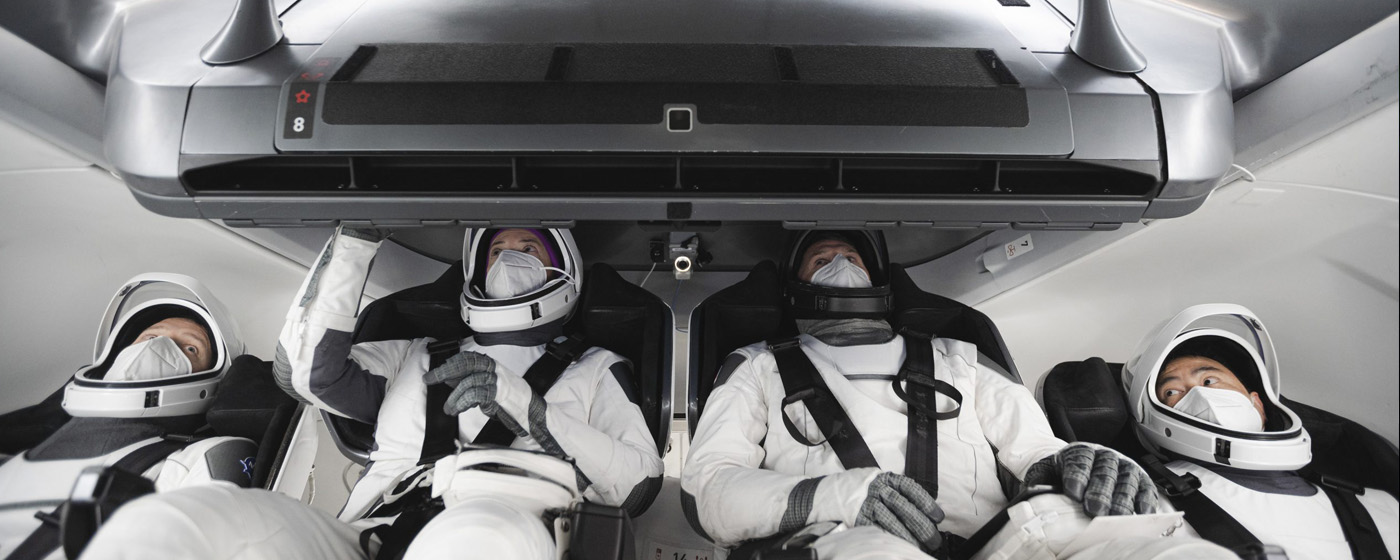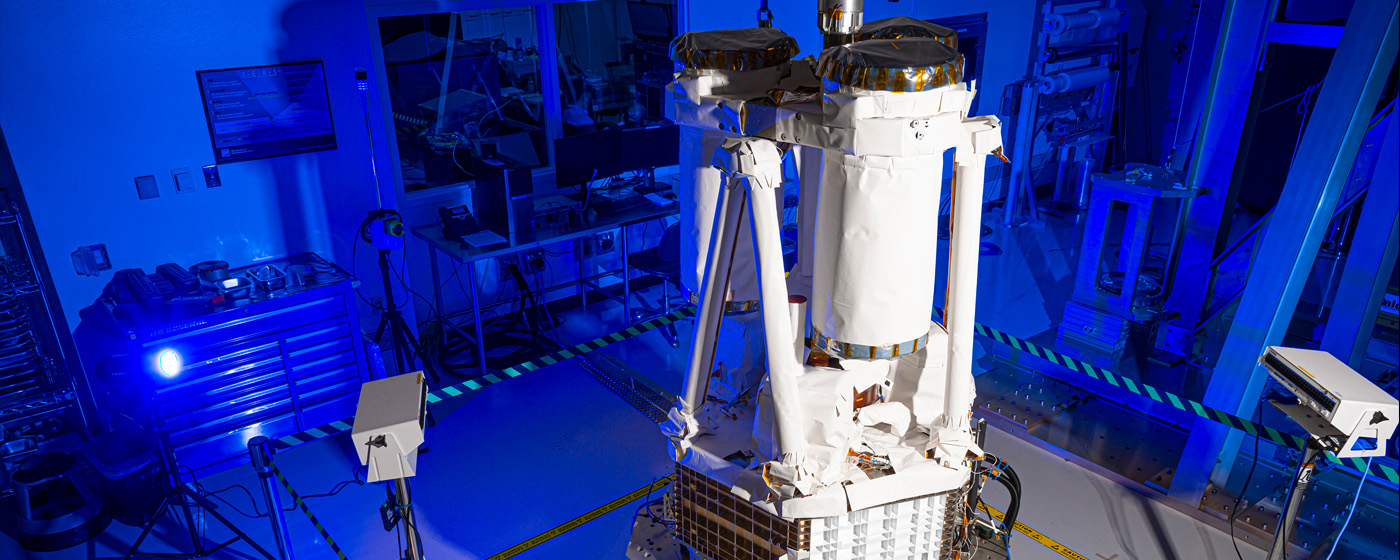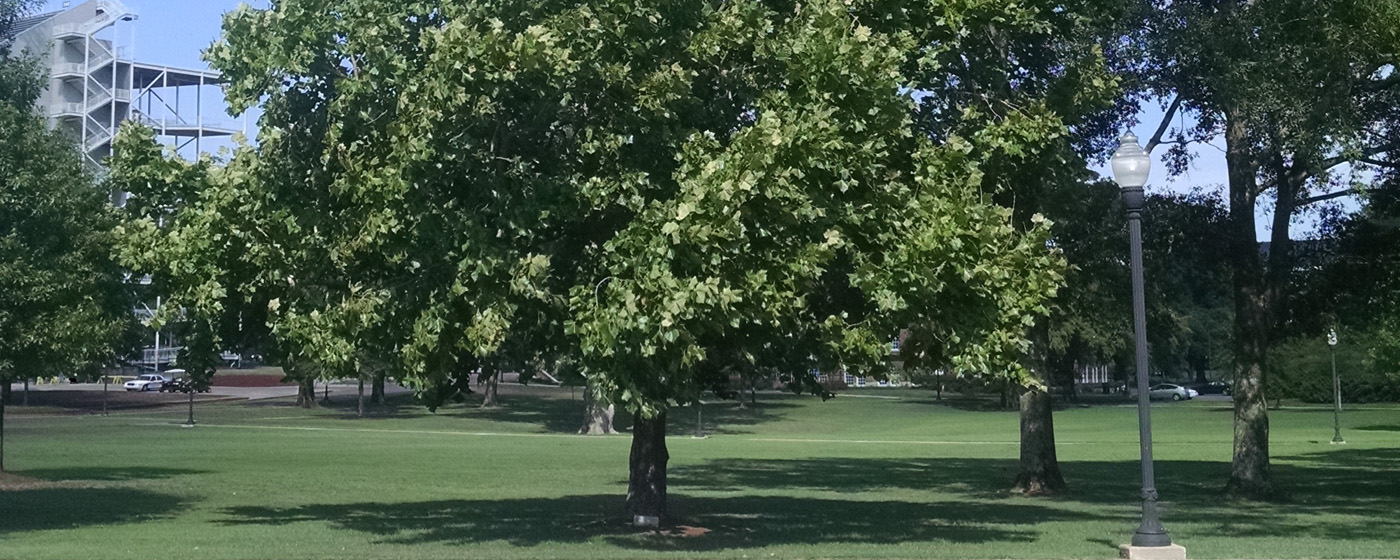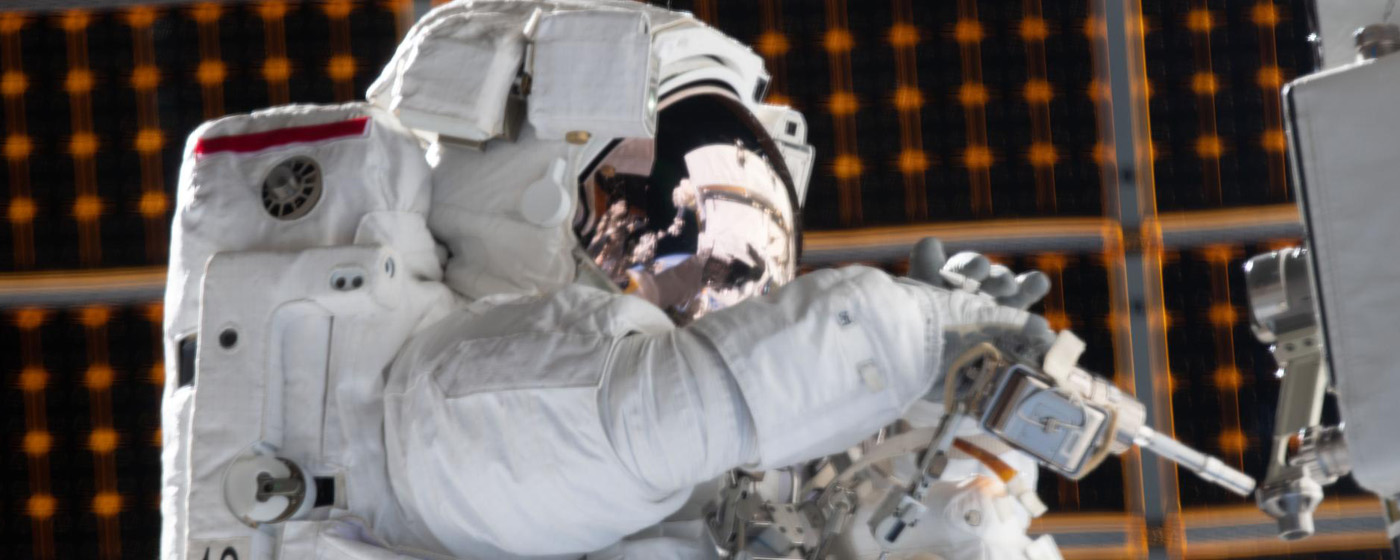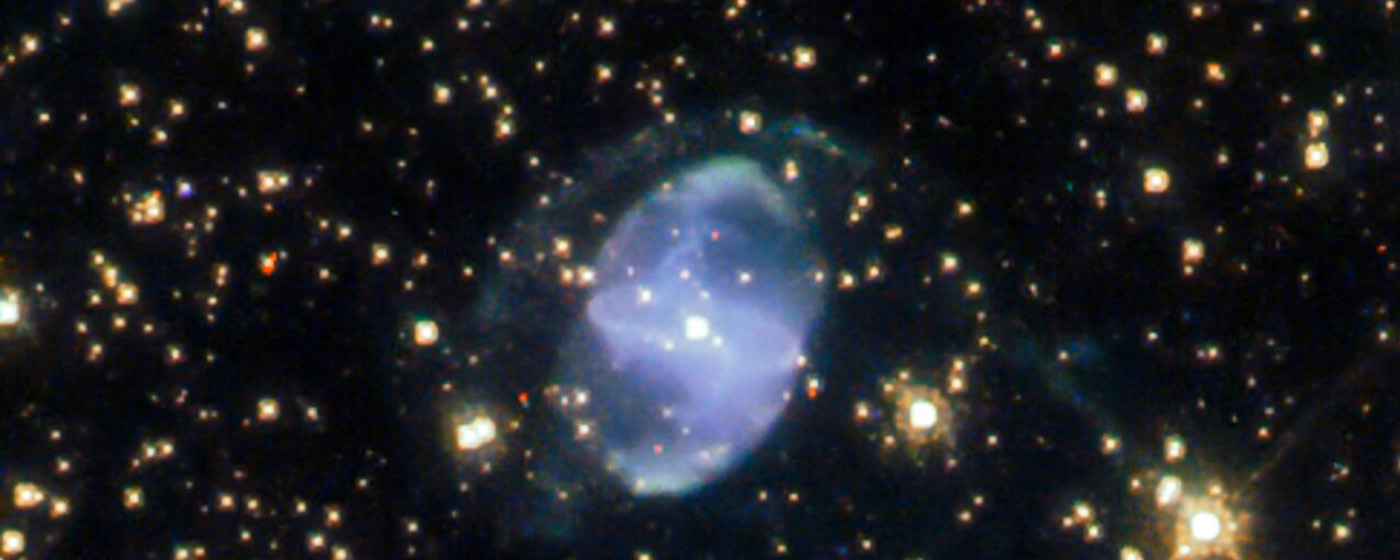NASA, SpaceX to Launch Second Commercial Crew Rotation Mission to Space Station
NASA and SpaceX are targeting no earlier than April 20 for launch of the second crew rotation mission with astronauts on an American rocket and spacecraft from the United States to the International Space Station. NASA’s SpaceX Crew-2 mission will launch four astronauts aboard a Crew Dragon spacecraft on a Falcon 9 rocket.
NASA’s Imaging X-ray Polarimetry Explorer Prepares for Environmental Testing
NASA engineers recently completed integration of the agency’s newest X-ray astronomy mission – the Imaging X-Ray Polarimetry Explorer – at Ball Aerospace in Boulder, Colorado. Now, Ball will put the fully assembled observatory through a series of tests that simulate the harsh conditions it will encounter on its voyage scheduled for later this year.
Moon Trees Stand as Living Testaments to First Voyages to Moon
Fifty years ago, astronaut Stuart Roosa kept a canister of approximately 400-500 tree seeds in the Apollo 14 Command and Service Module Kitty Hawk while it was in lunar orbit. Upon return, the seeds were germinated and grew into “Moon Trees” found around the U.S. and world.
Spacewalkers Complete Multi-Year Effort to Upgrade Space Station Batteries
Eight years of research and development and 14 spacewalks to replace aging batteries will help NASA continue research aboard the International Space Station. The station’s primary power system originally used nickel-hydrogen batteries for storage; the new batteries are lithium-ion.
Hubble Spots an Interstellar Interaction
The life of a planetary nebula is often chaotic, from the death of its parent star to the scattering of its contents far into space. The Hubble Space Telescope captured an image of one such planetary nebula, ESO 455-10, in the constellation Scorpius.
For more information or to learn about other happenings at NASA’s Marshall Space Flight Center, visit NASA Marshall. For past issues of the ICYMI newsletter, click here.




























